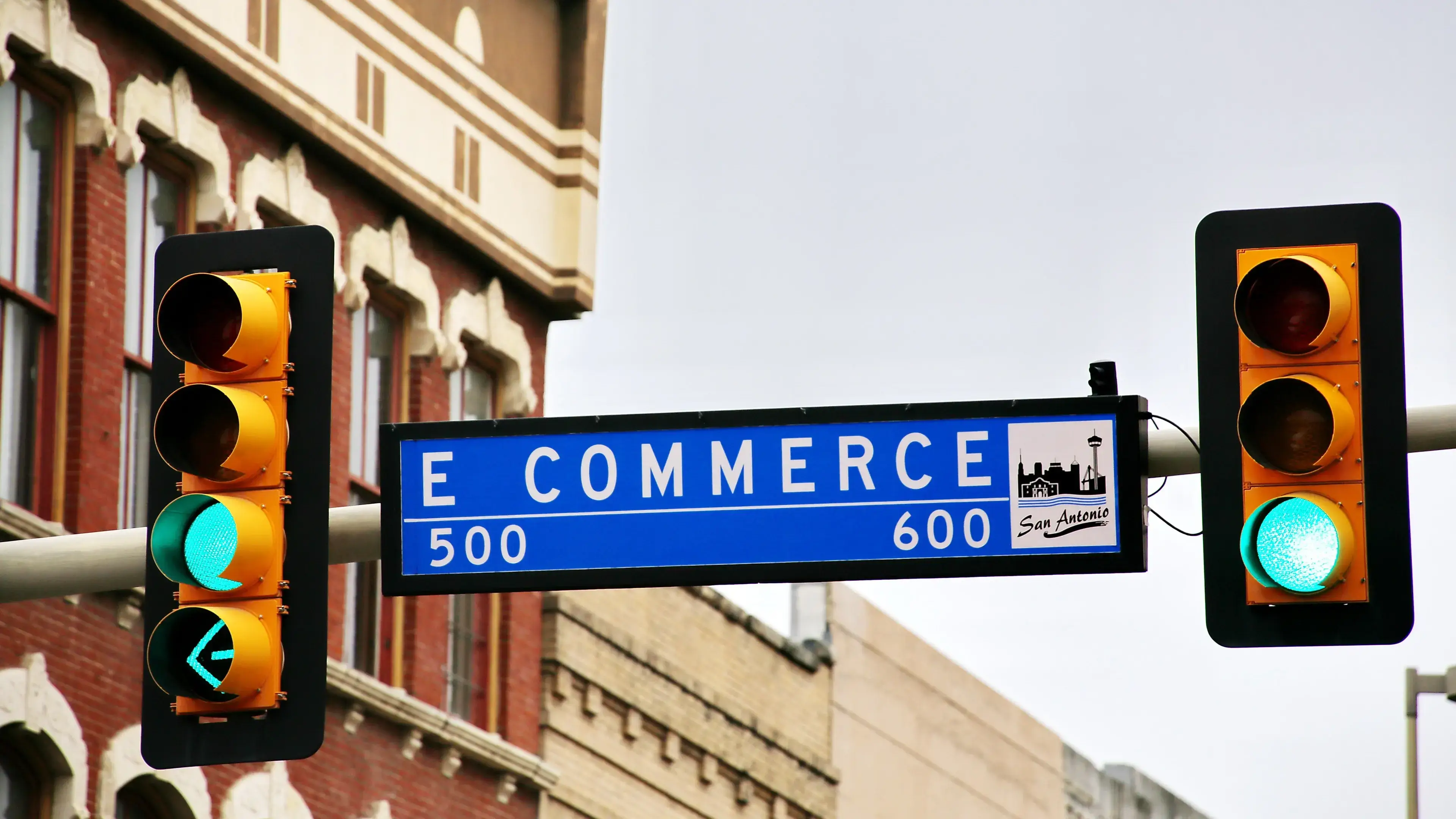In today's digital age, e-commerce has become an integral part of the business world. With the rise of online shopping, businesses have an opportunity to reach a wider audience and increase their sales. However, with so many businesses competing for the attention of online shoppers, it's important to have an effective e-commerce marketing strategy that will help you stand out from the crowd.
1. Identify Your Target Audience
The first step in building an effective e-commerce marketing strategy is to identify your target audience. Who are your ideal customers? What are their interests and needs? What motivates them to make a purchase?
By understanding your target audience, you can create marketing messages that speak directly to their needs and desires. This will help you build a stronger connection with your audience and increase the likelihood of making a sale.
2. Choose the Right Channels
Once you've identified your target audience, the next step is to choose the right marketing channels to reach them. There are many different channels you can use, including social media, email marketing, content marketing, and paid advertising.
When choosing your marketing channels, consider your target audience and where they spend their time online. For example, if your target audience is active on Instagram, you may want to focus on Instagram marketing. If they prefer email, you may want to focus on email marketing.
3. Create Engaging Content
Content is king in the world of e-commerce marketing. To attract and retain customers, you need to create engaging content that speaks to their needs and interests.
This can include blog posts, social media posts, videos, infographics, and more. Your content should be informative, entertaining, and shareable. It should also be optimized for search engines to increase your visibility online.
4. Optimize Your Website
Your website is the heart of your e-commerce business. It's where customers go to browse your products, make a purchase, and learn more about your brand.
To optimize your website for e-commerce marketing, you need to ensure it's user-friendly, visually appealing, and optimized for search engines. This includes using clear and concise product descriptions, high-quality product images, and easy-to-navigate menus.
5. Leverage Social Media
Social media is a powerful tool for e-commerce marketing. It allows you to connect with your target audience, build brand awareness, and drive traffic to your website.
To leverage social media for e-commerce marketing, you need to create a strong social media presence on the platforms your target audience uses. This includes regularly posting engaging content, responding to comments and messages, and running social media ads to reach a wider audience.
6. Use Email Marketing
Email marketing is another effective e-commerce marketing strategy. It allows you to reach customers directly in their inbox, build relationships with them, and promote your products and services.
To use email marketing effectively, you need to build a strong email list of customers and potential customers. This can be done through lead magnets, opt-in forms, and other tactics. You also need to create engaging email content that speaks to your audience's needs and interests.
7. Offer Discounts and Promotions
Discounts and promotions are a great way to entice customers to make a purchase. They can also help you build brand loyalty and encourage repeat purchases.
To offer discounts and promotions, consider running sales, offering free shipping, or providing a discount code for first-time customers. You can also use email marketing and social media to promote your discounts and promotions.
8. Measure Your Results
Finally, it's important to measure the results of your e-commerce marketing strategy. This will help you identify what's working and what's not, and make adjustments as needed.
To measure your results, use analytics tools to track your website traffic, social media engagement, email open and click-through rates, and sales. Use this data to make informed decisions about your marketing strategy moving forward.
